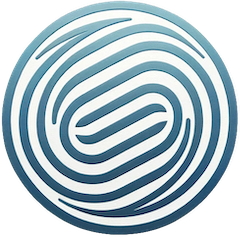Abstract:
In copper-substituted lead pyrochlore below room temperature, we observed an antiferromagnetic DC magnetization under a magnetic field of 25 Oe, and a remarkable bifurcation between zero-field-cooling and field-cooling measurements. Its nature becomes paramagnetic when the magnetic field increases to 200 Oe. A glassy state memory effect was discovered during the cooling process. Below 250 K, typical superconducting hysteresis loops were detected, along with asymmetry between field-up and field-down scans. Our experiments suggest the possible existence of the Meissner effect in this material at room temperature.
Summary:
In summary, through the dual investigations of M-T curves and magnetic hysteresis M-H loops, we have investigated the antiferromagnetism in CSLA, which can be observed up to 250 K. Considering the zero-field-cooling and field-cooling bifurcation above 300 K, we still believe there is a huge chance to observe superconductivity at room temperature. The signals in our samples are still very weak, so we must devote ourselves to further synthesize scalable samples with more active ingredients.
AI Analysis Summary:
Antiferromagnetic Observation: The study observed antiferromagnetic DC magnetization in copper-substituted lead pyrochlore (CSLA) below room temperature under a magnetic field of 25 Oe, with a significant bifurcation between zero-field-cooling and field-cooling measurements. At 200 Oe, the material exhibits paramagnetic behavior (Page 1, Page 3).
Glassy Memory Effect: A glassy memory effect, an indication of magnetic behavior, was discovered during the cooling process (Page 1).
Superconducting Hysteresis Loops: Typical superconducting hysteresis loops were detected below 250 K, with asymmetry between forward and reverse scans of the magnetic field (Page 1, Page 3).
Indication of Meissner Effect: The experiments suggest the possible existence of the Meissner effect in CSLA at room temperature, a phenomenon associated with superconductivity (Page 5).
Methodology: The paper details the methods used to prepare and test the CSLA samples, including the preparation of improved CSLA samples, magnetic measurements performed using an MPMS-3 SQUID, and X-ray diffraction (XRD) analysis (Page 2, Page 3).
Challenges and Future Directions: The study acknowledges that the signals in the samples are very weak and emphasizes the need for further efforts to synthesize scalable samples with more active ingredients to increase the chances of observing room-temperature superconductivity (Page 5).
Conclusion: The study concludes that CSLA holds significant promise for observing room-temperature superconductivity, given the observed magnetic properties and the challenges in detecting strong signals.
This research contributes to the understanding of the magnetic properties of CSLA and the quest for room-temperature superconductors, which have important implications for technological applications.
Paper Link:
